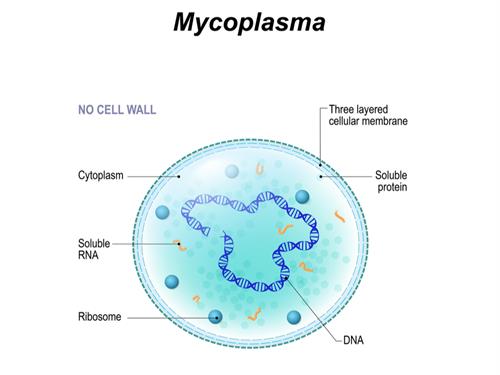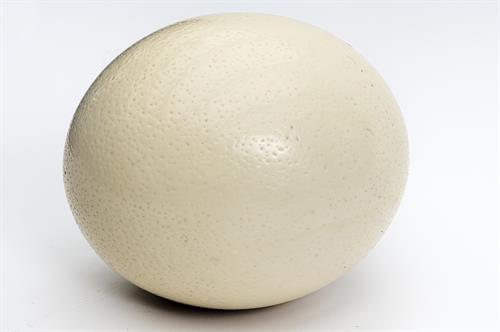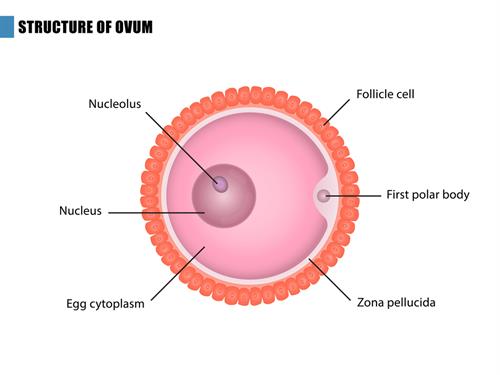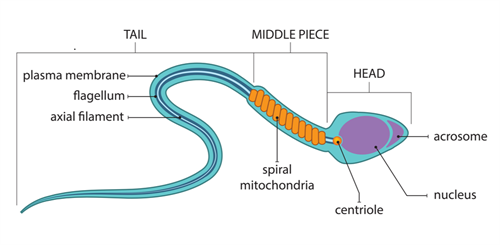
PUMPA - SMART LEARNING
எங்கள் ஆசிரியர்களுடன் 1-ஆன்-1 ஆலோசனை நேரத்தைப் பெறுங்கள். டாப்பர் ஆவதற்கு நாங்கள் பயிற்சி அளிப்போம்
Book Free DemoDifferent types of cell size
Size of a cell varies across wide limits. Cell sizes can range from nanometers to micrometres. A smaller cell has more volume and surface area than a larger cell.
- As cell grows, increases of volume more quickly than its surface area. If a cell is enormous, its smaller surface area will not allow enough nutrients to enter or exit the cell soon.
- If we take the case of a white blood cell, a larger cell handles its nutrients efficiently with the help of more than one nuclei inside it.
- In the case of microvilli, a cell type in the small intestine, a larger cell has many folds and protrusions. These folding's increase the surface area available for transportation of the material.
Do you know?
The smallest cell found is a mycoplasma cell or PPLO (Pleuro Pneumonia Like Organisms, which is about \(0.1 micron\) in diameter.

Mycoplasma
- The most elongate cells are the nerve cells measuring about a meter in length.
- The longest part of a neuron is the axon.

Neuron
The largest cell is eggs of the ostrich, which is about \(15 cm\) in diameter. 

Eggs of the ostrich
Interesting facts about the cell in the human body - Ovum is the largest cell in the human body.

Human female ovum
- Sperm is the male gamete which is the smallest cell in the human body.

Structure of sperm
Reference:
https://upload.wikimedia.org/wikipedia/commons/b/b5/Neuron.svg
https://pixabay.com/photos/ostrich-egg-egg-large-egg-bouquet-2750297/
https://pixabay.com/photos/ostrich-egg-egg-large-egg-bouquet-2750297/